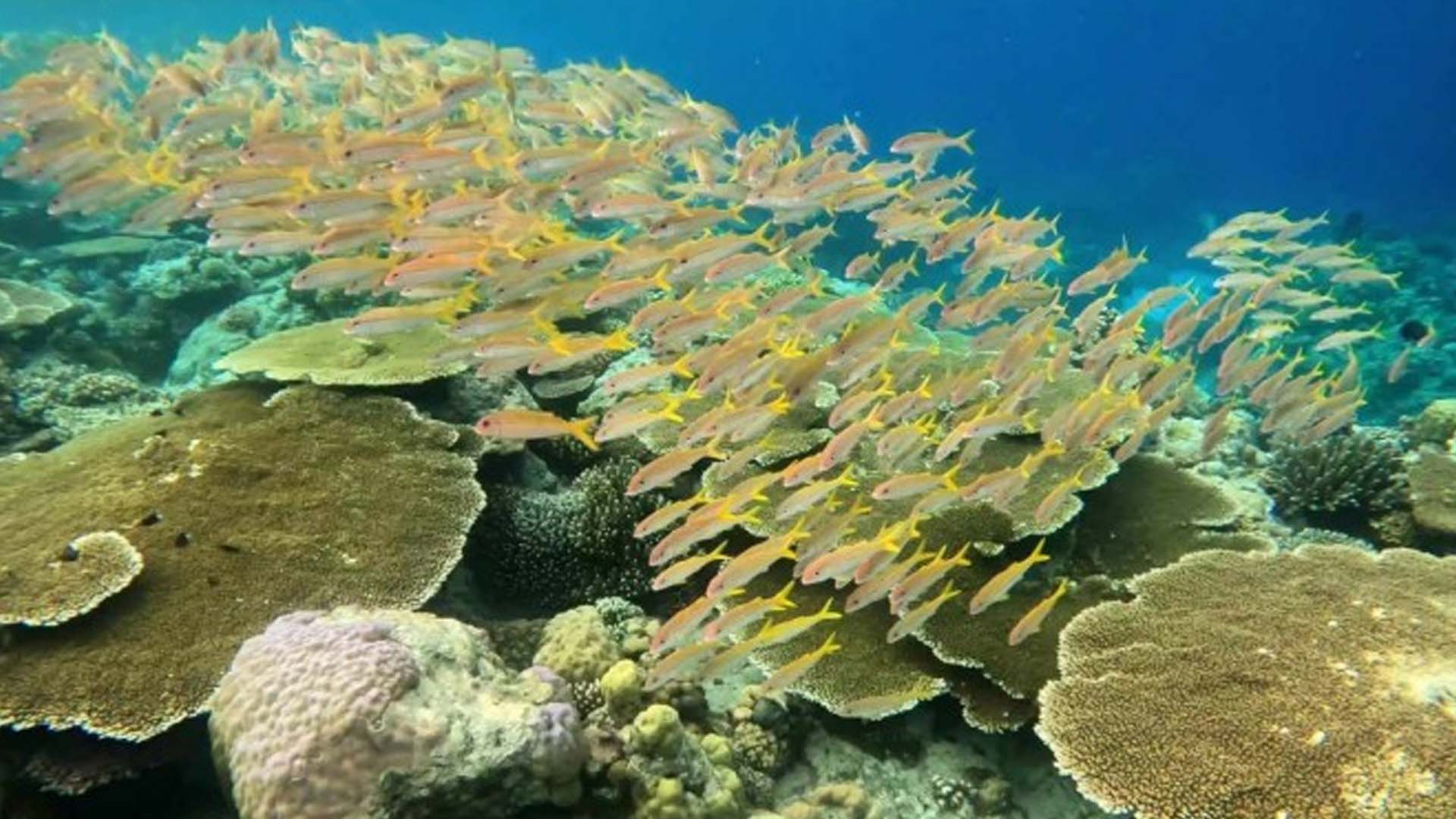Three prominent nature destinations in the Philippines— the Apo Reef, Turtle Islands, and Balinsasayao Twin Lakes— have been listed among ASEAN’s five newest heritage parks.
The ASEAN Centre for Biodiversity (ACB) formally announced the addition of five new parks to its network of topnotch nature reserves and natural parks in the Southeast Asian region late November.
Joining the three Philippine parks are the Phou Xieng Thong National Protected Area and Nam Poui National Protected Area in Lao PDR, bringing the total to 62.
“For four decades, the ASEAN Heritage Parks (AHP) Program has remained relevant and continues to grow—as an outstanding showcase of ‘ONE ASEAN’ regional cooperation and commitment of the ASEAN Member States to preserve and restore its immense natural wealth,” ACB Acting Executive Director Clarissa Arida said.
“The AHP Programme stayed true to its purpose of strengthening the connectivity of highly significant ecosystems in the region and in improving protected area management,” she added.
The newly named AHPs have 11.6 million hectares of legally gazetted protected areas representing terrestrial, marine, and wetland ecosystems.
The Apo Reef Natural Park, located west of Sablayan town in Occidental Mindoro province, is the largest contiguous coral reef system in the country and the second largest in the world.
The park is a known marine biodiversity hotspot that is home to vibrant coral reefs, pristine lagoons, seagrass beds, various mangroves, and lush beach forests.
It is a sanctuary for over 482 fish species, 63 genera of hard corals, rare marine invertebrates such as the Endangered Green Sea Turtle and Critically Endangered Hawksbill Turtle, and iconic species like Dugongs, Whale Sharks, and Hammerhead Sharks.
The ACB officially designates the Apo Reef Natural Park as the 61st ASEAN Heritage Park.
The Balinsasayao Twin Lakes Natural Park, on the other hand, is a known habitat of globally important species such as the Endangered Negros Shrew (Crocidura negrina), Visayan Spotted Deer (Rusa alfredi), Visayan Leopard Cat (Prionailurus bengalensis rabori), the Critically Endangered Philippine Tube-nosed Fruit Bat (Nyctimene rabori) and the Visayan Warty Pig (Sus cebifrons negrinus), as well as Philippine endemic species like the Endangered Golden-crowned Flying Fox (Acerodon jubatus).
The park is located in Negros Oriental province and covers an area of 8,016 hectares that serves as home to some 325 fern species, 237 tree species, 27 mammalian fauna, and 209 resident and migrant birds.
Meanwhile, the Turtle Islands Wildlife Sanctuary is known to be the only major nesting habitat of Green Sea Turtles (Chelonia mydas) in the Philippines—the only one in the ASEAN region.
This park is part of the Sulu archipelago in the province of Tawi-Tawi and is under the jurisdiction of the Ministry of Environment, Natural Resources and Energy of the Bangsamoro Autonomous Region in Muslim Mindanao.
The Turtle Islands was identified as Extremely High for biodiversity conservation and was declared a Turtle Island Heritage Protected Area (TIHPA) through a Memorandum of Agreement between the Philippines and Malaysia in 1996.
It is also included in the Indian Ocean and South-East Asia Marine Sea Turtle Site Network.
Arida said being part of the AHP network provides protected areas with opportunities to share good practices, participate in regional capacity development and awareness-raising activities, and get assistance in enhancing protected area management operations, among others.
From its original 11 parks, the AHP Program has expanded to 62 sites. (PNA)







